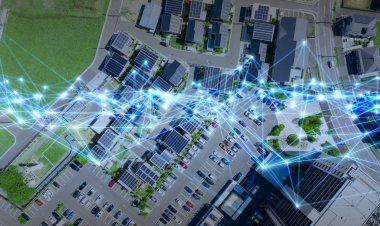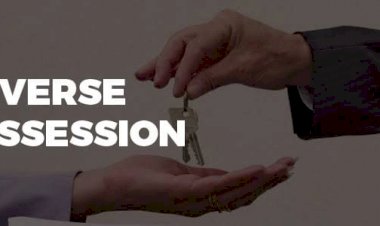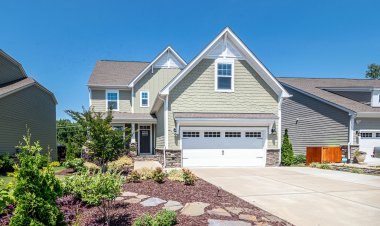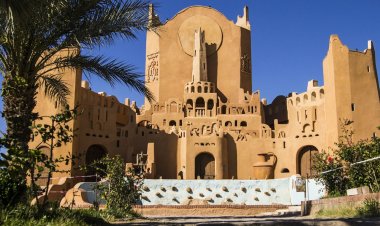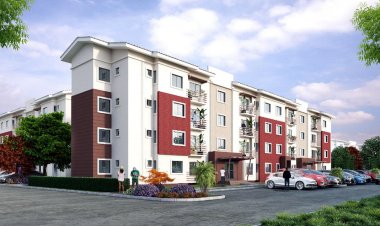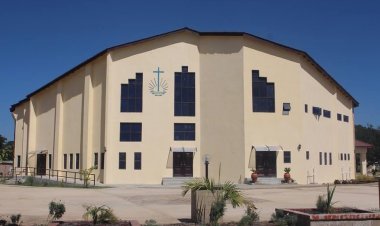The Relationship Between Protest Zones and Property Prices
The relationship between protest zones and property prices exposes a complex web of social progress, economic realities, and the very spirit of a city.
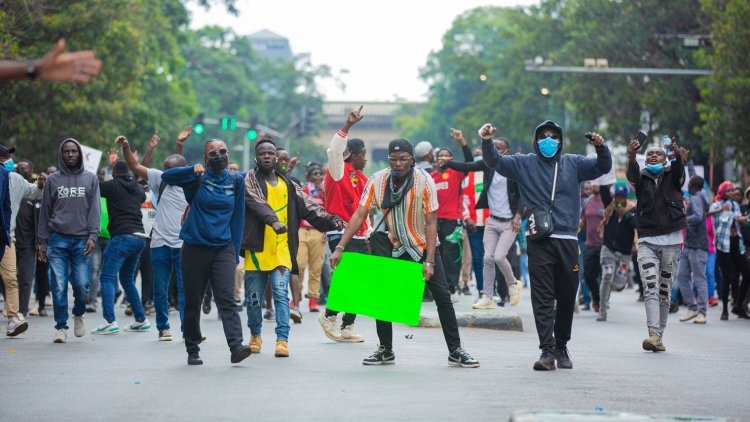
Urban protest zones have emerged as significant spaces for political expression and societal change. Beyond their immediate social-political implications, these zones also impact local property markets in nuanced ways. This article delves into the intricate dance between protest zones and property prices shedding light on both direct impacts and broader implications for urban development and community dynamics.
Definition and Types of Protest Zones
Protest zones are the beating hearts of dissent within a city. These diverse spaces, from bustling squares steeped in history to sterile government-sanctioned zones, can be as temporary as a weekend rally or as permanent as a city landmark. Each location fosters a unique atmosphere, impacting not just the surrounding buildings, but the very soul of the neighborhood. Imagine the electrifying energy of a crowd chanting for change in a historic square or the tense quiet of a silent vigil outside a government building. The type of protest zone shapes the experience for both demonstrators and residents.
Impact on Property Prices
During and immediately following protests, property prices in adjacent areas may experience fluctuations. Factors such as accessibility, noise pollution, and perceptions of safety play pivotal roles in determining these price dynamics.
Long-term Effects on Property Values sustained or recurring protests can have enduring effects on property values.
Gentrification trends, neighborhood perceptions post-protest, and evolving community dynamics all contribute to these long-term impacts.
Political and Regulatory Responses
Local governments and regulatory bodies respond to protests through urban planning and property development strategical and regulatory frameworks are often influenced by protest activities, shaping future development patterns. Social and Community Dynamics Protest zones provoke varied community reactions that influence neighborhood cohesion and social dynamics. Public sentiments towards protests can significantly mold local property market behaviors and outcomes.
Beyond the personal stories, we enter the intricate web of policymakers, developers, and community activists. City planners, grappling with the aftermath of protests, often find themselves caught in a balancing act. Designating specific areas for demonstrations can provide a space for dissent while mitigating disruptions to daily life. This, in turn, could influence where new businesses and families choose to put down roots, fostering a more predictable environment for economic growth. However, such restrictions can also raise concerns about limiting the right to protest. Community activists might argue that confining demonstrations to designated zones weakens their impact, potentially pushing crucial messages away from the very ears that need to hear them.
In conclusion, the relationship between protest zones and property prices exposes a complex web of social progress, economic realities, and the very spirit of a city. There's no easy solution. It demands a constant dialogue – between policymakers navigating the delicate balance between free speech and public order, residents yearning for both stability and progress, and activists fighting for a better future. By fostering open communication and acknowledging the multifaceted nature of protest zones, we can create urban spaces that resonate with the rhythm of both dissent and belonging. This ongoing dance, though challenging, ensures that our cities remain vibrant testaments to the ever-evolving human story.
If you have a real estate press release or any other information that you would like featured on the African Real Estate Blog Post, do reach out to us via email at [email protected]








